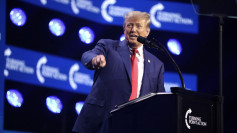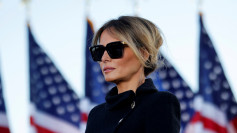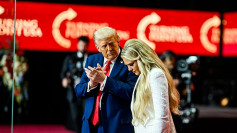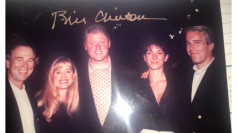President Donald Trump intensified his tariff campaign on Tuesday, announcing sweeping levies on imports from BRICS countries and signaling punitive duties on key global commodities such as copper and pharmaceuticals. The move is part of a broader effort to reshape global trade terms ahead of an August 1 enforcement deadline and comes amid ongoing uncertainty over the future of U.S. economic engagement with allies and rivals.
Trump said on Truth Social that "a minimum of seven" new tariff letters would be issued Wednesday morning, with more to follow. Commerce Secretary Howard Lutnick told CNBC that between 15 and 20 letters are expected over two days. These follow the first wave sent Monday to 14 countries, including Japan, South Korea, South Africa, and Indonesia. The tariffs-effective August 1-range from 10% to as high as 200% depending on the sector.
"All money will be due and payable starting AUGUST 1, 2025 - No extensions will be granted," Trump wrote, confirming that his initial "firm but not 100% firm" stance on the August deadline had now hardened.
At a cabinet meeting, Trump declared he would impose a 10% blanket tariff on all imports from BRICS countries, including Brazil, Russia, India, China, and South Africa. "If they're a member of BRICS, they are going to have to pay a 10% tariff, just for that one thing - and they won't be a member long," Trump said.
He framed the decision as a defense of the U.S. dollar's global reserve status, accusing the BRICS bloc of working to "degenerate our dollar" and strip it of its central role in international finance. Losing the dollar would be like "losing a war, a major world war," he added.
The administration also announced a dramatic escalation of commodity-specific tariffs:
- Copper: Trump revealed a 50% import tariff, double the rate previously floated. The announcement triggered the metal's sharpest single-day gain since 1989, with September copper futures rising 13% to $5.6855 per pound.
- Pharmaceuticals: Trump promised new tariffs "at a very high rate," though specifics were not disclosed.
- Automobiles: The White House is maintaining a 25% tariff on foreign-made cars and auto parts, particularly impacting Japan and South Korea. The administration is still weighing exemptions for certain manufacturers.
The sector-specific tariffs are being implemented using Section 232 of the 1962 Trade Expansion Act, which allows tariffs in the name of national security. Trump has also invoked Section 301 for product-specific tariffs targeting China. According to Mike Lowell of law firm ReedSmith, "Section 232 tariffs are central to President Trump's tariff strategy... they're more likely to survive a legal challenge and continue into the next presidential administration."
Trump's tariff escalation has drawn varied responses. While countries like the U.K. and Vietnam have reached framework agreements with Washington, others remain locked in negotiations. China has agreed to a trade truce through August 12. The European Union, which Trump said would receive a formal tariff letter this week, has warned of retaliatory measures but said it remains in "good faith" discussions.






